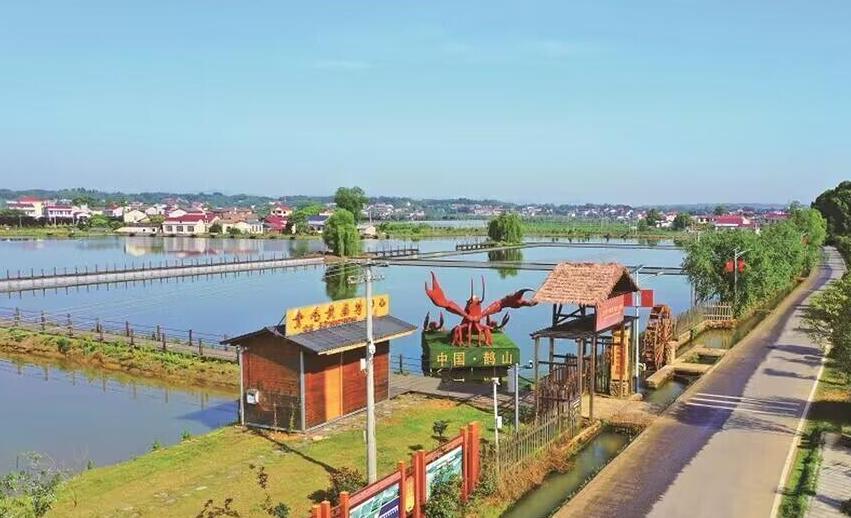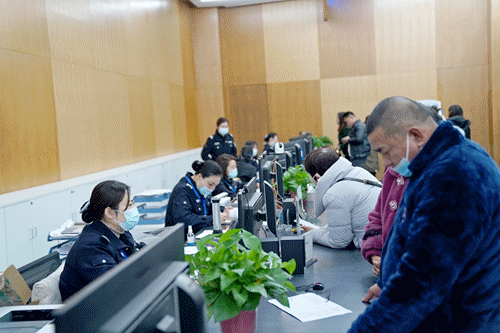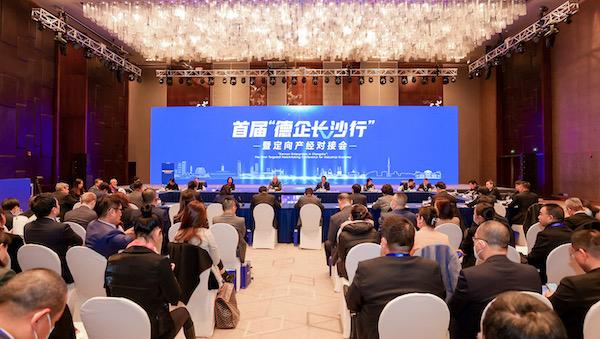He Shuheng Former Residence
The Former Residence of He Shuheng, the birthplace and childhood home of the Chinese communist revolutionary, is a cultural relic protection site in Hunan province. It is located in Shaozichong, Shatian Township, more than 70 kilometers west of Ningxiang city. He was born there on May 27, 1876.
The residence is an ordinary farmhouse, built in the 50th year of Emperor Qianlong's reign in the Qing Dynasty (1785). Facing west and made of earth and wood, it is a square civil building with 23 main rooms and wing rooms and covers an area of about 2,600 square meters. It features a green tile roof, adobe and clay walls, and a flat-headed slotted door with a horizontal plaque inscribed by Liao Mosha (a modern Chinese writer and essayist) above the door. Just through the door is a floor, 35 meters long and 23 meters wide, leading to the main hall that has double leaf wooden doors and lattice windows. The house also has a corridor under eaves and patios in the courtyard. Since 1972 it has been renovated many times, and the living rooms and study rooms of He and his parents have been restored and are on display.
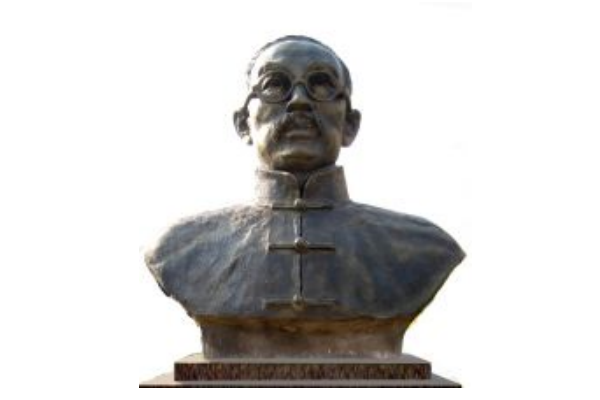
In front of the house is a garden and a small pond, and behind it there are steep mountains: Mali Mountain on the left and Dashu Mountain on the right. Clear springs from the mountains flow down to and around the house, creating delightful scenery.
He (1876-1935) was a proletarian revolutionary. He passed the imperial examination at the county level in the late Qing Dynasty and graduated from Hunan Provincial First Normal School. He was a key member of Xinmin Society and also a member of the Changsha Communist Group. In 1921, He attended the First National Congress of the Communist Party of China as a representative of Changsha, and then served as a member of the Hunan Regional Committee of the Communist Party of China and the principal of the continuation school attached to Hunan Self-study University. He also participated in the reconstruction and development of the Hunan Kuomintang organization. In addition, he held others posts such as head of the Sun Yat-sen Library of Hunan Province, supervisor of the Shuikoushan Mining Administration, and curator of the daily newspaper Hunan Min Bao.
After the Ma Ri Incident that took place on May 21, 1927 in Changsha, he went to Shanghai to set up the Jucheng Printing Company for the Communist Party of China. Later he went to Moscow to study and returned to China in 1930, taking charge of the Communist International Relief Society and the National Mutual Relief Society.
In the fall of 1931, he went to the Central Soviet Area and served as a member of the central executive committee of the Chinese Soviet Republic, People's Commissar of Workers' and Peasants' Inspection, acting minister of the Ministry of Internal Affairs, and chairman of the temporary court of the central government of the Chinese Soviet Republic.
As the main force of the Red Army left for the Long March, He stayed in the base area and persisted in the fight. In February 1935, he was surrounded and killed by Kuomintang troops when passing through Shanghang county in Fujian province.
The residence is an ordinary farmhouse, built in the 50th year of Emperor Qianlong's reign in the Qing Dynasty (1785). Facing west and made of earth and wood, it is a square civil building with 23 main rooms and wing rooms and covers an area of about 2,600 square meters. It features a green tile roof, adobe and clay walls, and a flat-headed slotted door with a horizontal plaque inscribed by Liao Mosha (a modern Chinese writer and essayist) above the door. Just through the door is a floor, 35 meters long and 23 meters wide, leading to the main hall that has double leaf wooden doors and lattice windows. The house also has a corridor under eaves and patios in the courtyard. Since 1972 it has been renovated many times, and the living rooms and study rooms of He and his parents have been restored and are on display.

Bronze statue of He Shuheng [Photo/nxiang.net]
In front of the house is a garden and a small pond, and behind it there are steep mountains: Mali Mountain on the left and Dashu Mountain on the right. Clear springs from the mountains flow down to and around the house, creating delightful scenery.
He (1876-1935) was a proletarian revolutionary. He passed the imperial examination at the county level in the late Qing Dynasty and graduated from Hunan Provincial First Normal School. He was a key member of Xinmin Society and also a member of the Changsha Communist Group. In 1921, He attended the First National Congress of the Communist Party of China as a representative of Changsha, and then served as a member of the Hunan Regional Committee of the Communist Party of China and the principal of the continuation school attached to Hunan Self-study University. He also participated in the reconstruction and development of the Hunan Kuomintang organization. In addition, he held others posts such as head of the Sun Yat-sen Library of Hunan Province, supervisor of the Shuikoushan Mining Administration, and curator of the daily newspaper Hunan Min Bao.
After the Ma Ri Incident that took place on May 21, 1927 in Changsha, he went to Shanghai to set up the Jucheng Printing Company for the Communist Party of China. Later he went to Moscow to study and returned to China in 1930, taking charge of the Communist International Relief Society and the National Mutual Relief Society.
In the fall of 1931, he went to the Central Soviet Area and served as a member of the central executive committee of the Chinese Soviet Republic, People's Commissar of Workers' and Peasants' Inspection, acting minister of the Ministry of Internal Affairs, and chairman of the temporary court of the central government of the Chinese Soviet Republic.
As the main force of the Red Army left for the Long March, He stayed in the base area and persisted in the fight. In February 1935, he was surrounded and killed by Kuomintang troops when passing through Shanghang county in Fujian province.

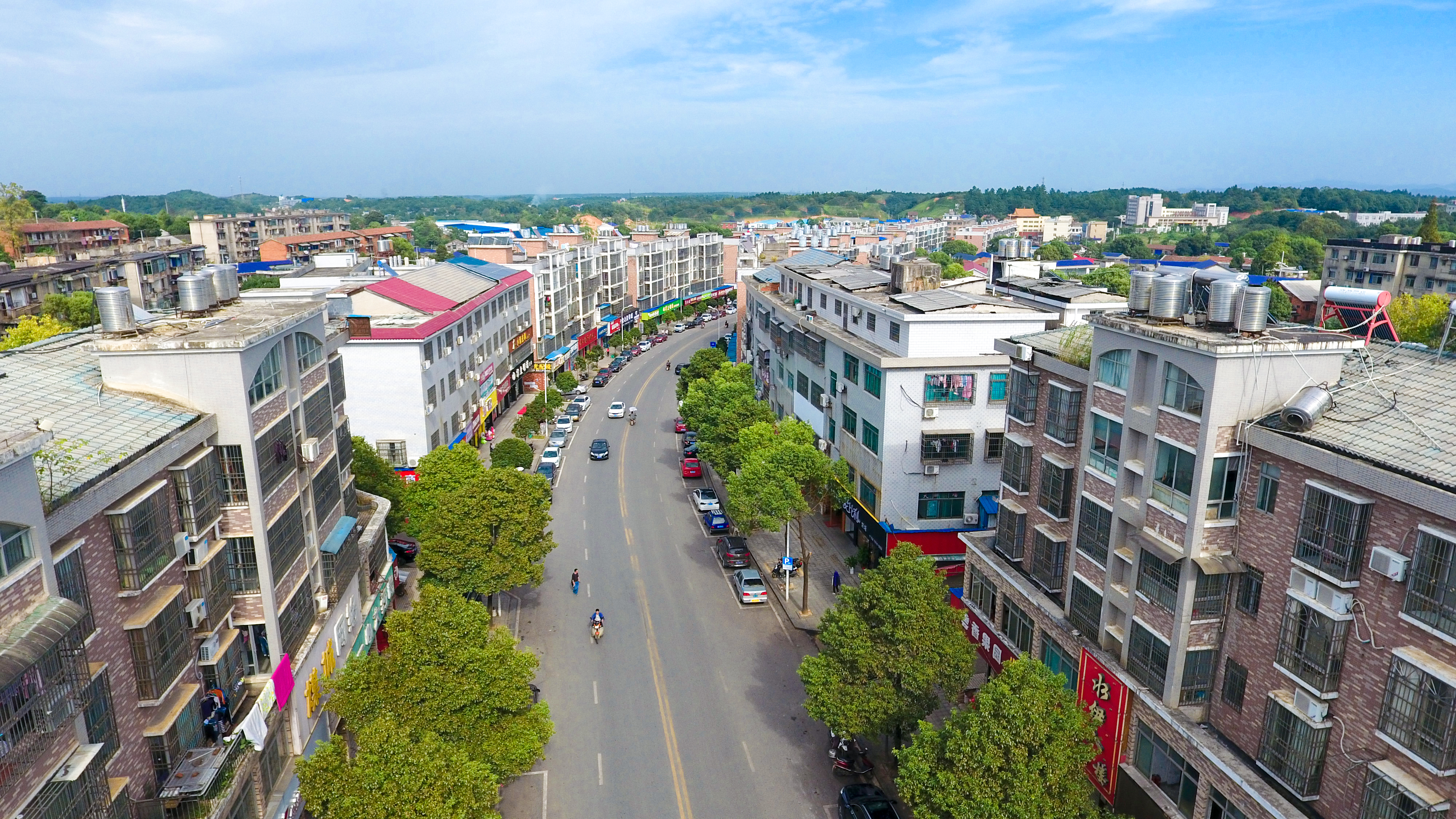 Ningxiang listed on China’s top 100 counties with comprehensive competitiveness
Ningxiang listed on China’s top 100 counties with comprehensive competitiveness  College welcomes a student of courage
College welcomes a student of courage 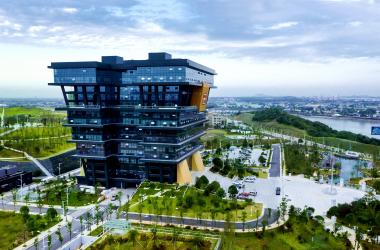 Changsha Blue Moon Valley Intelligent Home Appliances Industrial Town
Changsha Blue Moon Valley Intelligent Home Appliances Industrial Town 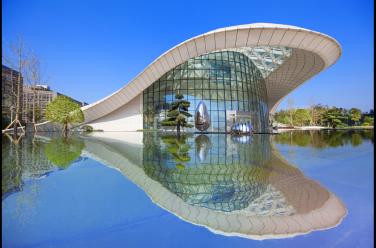 This is Ningxiang High-tech Zone
This is Ningxiang High-tech Zone 